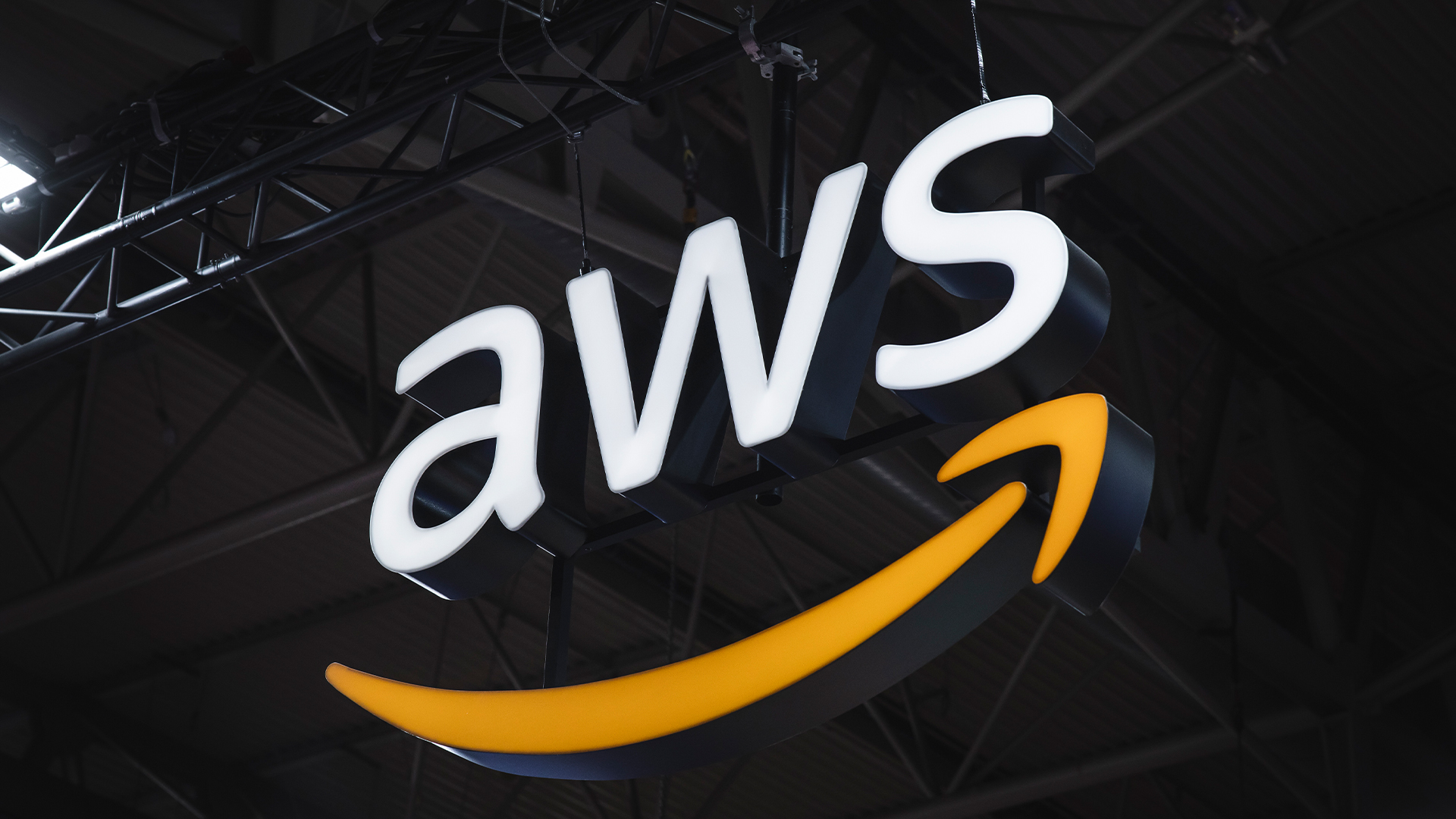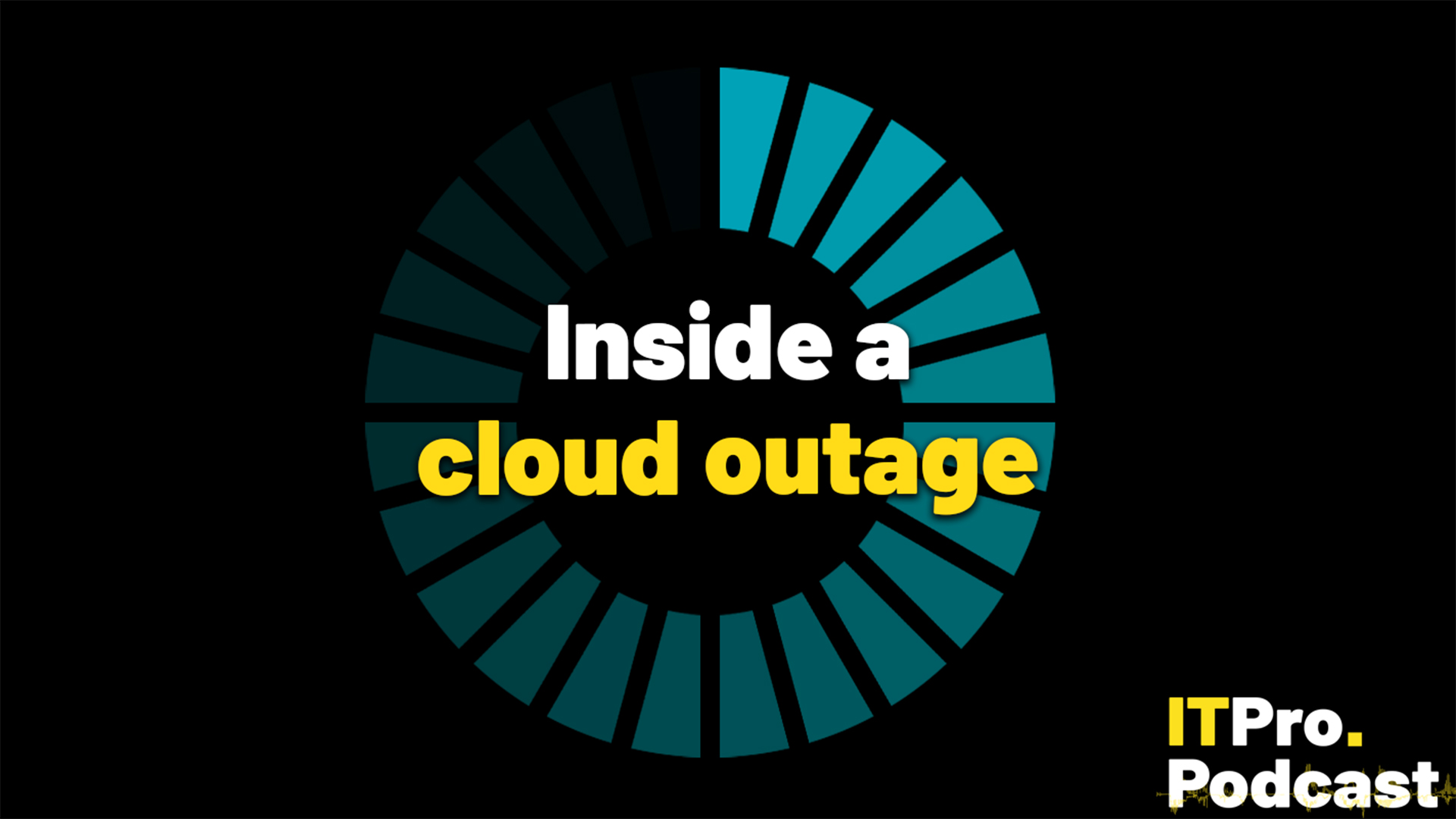AWS' new DNS 'business continuity' feature targets 60 minute recovery time after October cloud outage
The US-EAST-1 Region is getting extra tools and features to help customers during an outage


AWS has taken steps to boost resilience weeks after a major outage, rolling out a business continuity feature targeting DNS records.
Last month, an outage at the hyperscaler knocked an array of popular services offline – from Signal and Slack to Zoom and even Amazon itself – taking several hours to fully resolve.
The outage stemmed from DNS resolution issues and took place in what AWS calls US-EAST-1 Region, better known as northern Virginia, where plenty of massive data centers are located.
A month on, AWS has announced a new tool to help mitigate future incidents, helping to get systems back online within an hour after DNS issues, specifically in that often troublesome US-EAST-1 Region.
"Today, we’re announcing Amazon Route 53 Accelerated recovery for managing public DNS records, a new Domain Name Service (DNS) business continuity feature that is designed to provide a 60-minute recovery time objective (RTO) during service disruptions in the US East (N. Virginia) AWS Region," said Micah Walter, senior solutions architect, in a post on the AWS blog.
"This enhancement ensures that customers can continue making DNS changes and provisioning infrastructure even during regional outages, providing greater predictability and resilience for mission-critical applications."
AWS touts new tools
Walter explained that the tool targets DNS changes that customers can make within 60 minutes of a service disruption in that region.
Sign up today and you will receive a free copy of our Future Focus 2025 report - the leading guidance on AI, cybersecurity and other IT challenges as per 700+ senior executives
"Customers running applications that require business continuity have told us they need additional DNS resilience capabilities to meet their business continuity requirements and regulatory compliance obligations," he said.
When services are disrupted, the new tool offers several benefits. "The feature maintains access to essential Route 53 API operations, ensuring that DNS management remains available when it’s needed most," Walter added.
"Organizations can continue to make critical DNS changes, provision new infrastructure, and redirect traffic flows without waiting for full service restoration."
However, the company also stressed that wasn't a sign of an issue at AWS, but pinned the need for the tool on demand from customers in sensitive industries.
"While AWS maintains exceptional availability across our global infrastructure, organizations in regulated industries like banking, FinTech, and SaaS want the confidence that they will be able to make DNS changes even during unexpected regional disruptions, allowing them to quickly provision standby cloud resources or redirect traffic when needed," Walter noted.
How the new tools work
The system works with existing setups and customers can continue using their existing Route 53 API endpoint without changes to apps or scripts.
"The implementation is designed for simplicity and reliability,” he said. This means customers won’t need to “learn new APIs or modify existing automation scripts”.
"The same Route 53 endpoints and API calls continue to work, providing a seamless experience during both normal operations and failover scenarios."
In the post, AWS noted that accelerated recovery isn't enabled by default, but switching it on for a new or existing hosted zone simply involves switching it on.
"You can enable this feature through the AWS Management Console, AWS Command Line Interface (AWS CLI), AWS Software Development Kit (AWS SDKs), or infrastructure as code tools like AWS CloudFormation and AWS Cloud Development Kit (AWS CDK)," he said.
Accelerated recovery is available now for Amazon Route 53 public hosted zones and is free.
Make sure to follow ITPro on Google News to keep tabs on all our latest news, analysis, and reviews.
MORE FROM ITPRO
Freelance journalist Nicole Kobie first started writing for ITPro in 2007, with bylines in New Scientist, Wired, PC Pro and many more.
Nicole the author of a book about the history of technology, The Long History of the Future.
-
 Microsoft launches Fara-7B, a new 'agentic' small language model that lives on your PC
Microsoft launches Fara-7B, a new 'agentic' small language model that lives on your PCNews The new Fara-7B model is designed to takeover your mouse and keyboard
-
 The Scattered Lapsus$ Hunters group is targeting Zendesk customers
The Scattered Lapsus$ Hunters group is targeting Zendesk customersNews The group appears to be infecting support and help-desk personnel with remote access trojans and other forms of malware
-
 UK channel firms are ‘leading the way’ in AI networking readiness
UK channel firms are ‘leading the way’ in AI networking readinessNews Westcon-Comstor's latest research reveals that 43% of UK partners now offer AI-integrated network services as fresh opportunities beckon
-
 The Cloudflare outage explained: What happened, who was impacted, and what was the root cause?
The Cloudflare outage explained: What happened, who was impacted, and what was the root cause?News Web users globally were met with error messages and site crashes yesterday after an outage at Cloudflare brought much of the web to a standstill – here's what happened.
-
 A massive Cloudflare outage has taken down X and OpenAI – and even bricked outage tracker site Downdetector
A massive Cloudflare outage has taken down X and OpenAI – and even bricked outage tracker site DowndetectorNews Web users trying to access X, OpenAI, and creative design platforms have been affected by the Cloudflare outage
-
 Inside a cloud outage
Inside a cloud outageITPro Podcast Businesses must adopt proactive planning for cloud outages – but what does that look like?
-
 AWS targets cloud resilience and AI networking gains with new 'Fastnet' subsea cable
AWS targets cloud resilience and AI networking gains with new 'Fastnet' subsea cableNews Fastnet is set for deployment in 2028 and will link Maryland and County Cork with a line offering more than 320 terabits per second
-
 October rundown: AWS chaos and supercomputers surging
October rundown: AWS chaos and supercomputers surgingITPro Podcast As the dust settled on the AWS outage, the US Department of Energy announced a slew of new supercomputers for national security
-
 The Microsoft Azure outage explained: What happened, who was impacted, and what can we learn from it?
The Microsoft Azure outage explained: What happened, who was impacted, and what can we learn from it?News Microsoft has confirmed its Azure services are back online after a major outage impacted services across multiple regions – here's everything you need to know.
-
 Google just confirmed the location of its first small modular reactor
Google just confirmed the location of its first small modular reactorNews Developed by Kairos, Google's first small modular reactor will be located in Tennessee, with operations beginning in 2030.
